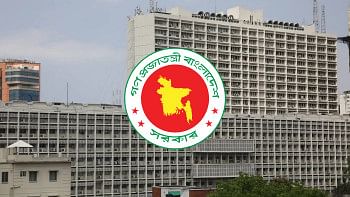Climate change could create 63m migrants in South Asia by 2050
The growing impacts of climate change have already pushed more than 18 million people to migrate within South Asian countries, but that could more than triple if global warming continues on its current path, researchers has warned.
Nearly 63 million people could be forced from their homes by 2050 in the region as rising seas and rivers swallow villages, and drought-hit land no longer supports crops, said ActionAid International and Climate Action Network South Asia in a report.
The projection does not include those who will be forced to flee sudden disasters such as floods and cyclones and so is likely an under-estimate, noted Harjeet Singh, global climate lead at ActionAid. He said the situation could become "catastrophic".
Many will head from rural areas to towns and cities in their own countries, in search of work, he said. There they often end up living in slum areas exposed to flooding and with very limited access to social services, doing precarious jobs such as rickshaw-pulling, construction or garment-making.
He urged rich nations with high planet-warming emissions to redouble efforts to reduce their carbon pollution and provide more funding for South Asian countries to develop cleanly and adapt to conditions on a warming planet.
If governments meet a globally agreed goal to limit warming to below 2 degrees Celsius, the number of people driven to move in India, Bangladesh, Pakistan, Sri Lanka and Nepal could be cut almost by half by 2050, the report said.
It builds on research published in 2018 by the World Bank, which said unchecked climate change could cause more than 140 million people to move within their countries' borders by 2050 in sub-Saharan Africa, South Asia and Latin America.
The new figures show the largest number of people are expected to migrate by 2050 in India, at more than 45 million. But the country with the sharpest projected rise in migration is Bangladesh, with a seven-fold increase from today.
The report called on South Asian governments to do more to prepare for worsening displacement linked to climate change - and emphasised the importance of acting now to limit the number of people who will be forced to migrate in the future.
It recommended strengthening social protection systems to provide cash and work for those affected by climate extremes and improving essential services for migrant workers in cities - now hit doubly by the Covid-19 pandemic, with many left jobless.

 For all latest news, follow The Daily Star's Google News channel.
For all latest news, follow The Daily Star's Google News channel. 



Comments